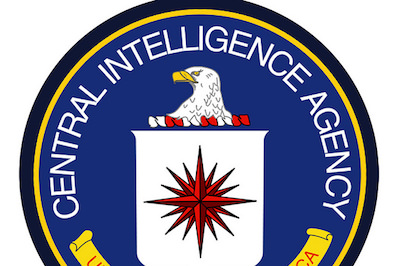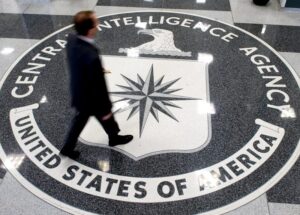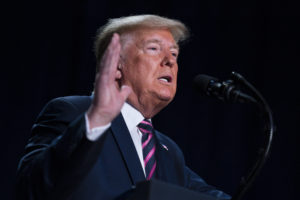Exposed: Inside the Senate’s Effort to Reveal the CIA’s Torture Secrets
In a long exposé, The Guardian tells the first chapter of its “inside story of the Senate investigation into torture and the crisis with the CIA it spurred."
The Guardian’s Spencer Ackerman tells the first chapter of the paper’s “inside story of the Senate investigation into torture and the crisis with the CIA it spurred” in a long exposé published Friday.
At the center of the story is the Senate’s December 2014 investigation into the U.S. government’s use of torture.
“[F]ormed from interviews with critical players in the drama” and “supported by voluminous internal reports and publicly available documents,” Ackerman’s source, a former FBI employee and chief investigator for the Senate intelligence committee, provides new insight into the struggle over Congress’ investigation into the U.S.’ practice of torture in the post-9/11 era.
“Daniel Jones had always been friendly with the CIA personnel who stood outside his door,” Ackerman writes.
When he needed to take something out of the secure room where he read mountains of their classified material, they typically obliged. An informal understanding had taken hold after years of working together, usually during off-peak hours, so closely that Jones had parking privileges at an agency satellite office not far from its McLean, Virginia, headquarters. They would ask Jones if anything he wanted to remove contained real names or cover names of any agency officials, assets or partners, or anything that could compromise an operation. He would say no. They would nod, he would wish them a good night, and they would go their separate ways.
After midnight in the summer of 2013, Jones deliberately violated that accord.
Jones, a counter-terrorism staffer, had become the chief investigator for the Senate intelligence committee, the CIA’s congressional overseer, on its biggest inquiry. For five years, he had been methodically sifting through internal CIA accounts of its infamous torture program, a process that had begun after the committee learned – thanks to a New York Times article, not the agency – that a senior official had destroyed videotapes that recorded infamously brutal interrogations. The subsequent committee inquiry had deeply strained a relationship with Langley that both sides badly wanted to maintain. The source of that strain was simple: having read millions of internal emails, cables and accounts of agency torture, Jones had come to believe everything the CIA had told Congress, the Bush and Obama White Houses and the public was a lie.
There was one document in particular that proved it. Jones and his team had found it years before, placed mysteriously onto a shared computer network drive the Senate intelligence committee investigators were using in northern Virginia, not far from CIA headquarters. But they hadn’t appreciated its full significance until the agency, in an attempt at refuting a report that was still far from publication, told Barack Obama’s staff that the committee was pushing a hysterical interpretation of the agency’s fateful post-9/11 embrace of torture. The document, prepared for Leon Panetta when he was CIA director, had reached the same conclusions about the torture program that Jones had. As long as Jones had it, he would be able to show that the agency knew full well how brutal the torture was; how ineffective its torturers considered it to be; and how thoroughly the CIA had covered all of that up.
.
—Posted by Alexander Reed Kelly.
Independent journalism is under threat and overshadowed by heavily funded mainstream media.
You can help level the playing field. Become a member.
Your tax-deductible contribution keeps us digging beneath the headlines to give you thought-provoking, investigative reporting and analysis that unearths what's really happening- without compromise.
Give today to support our courageous, independent journalists.






You need to be a supporter to comment.
There are currently no responses to this article.
Be the first to respond.